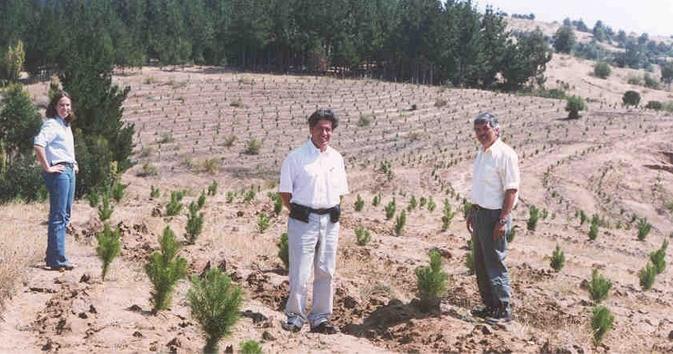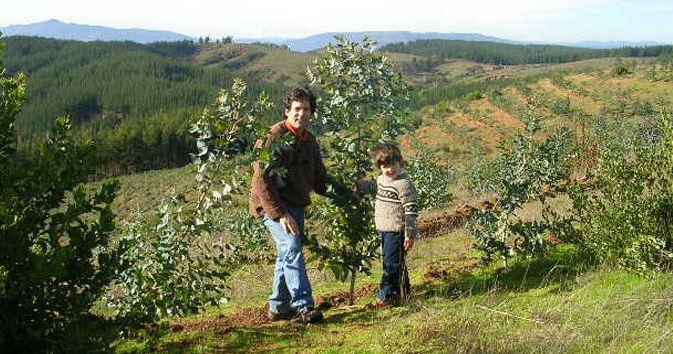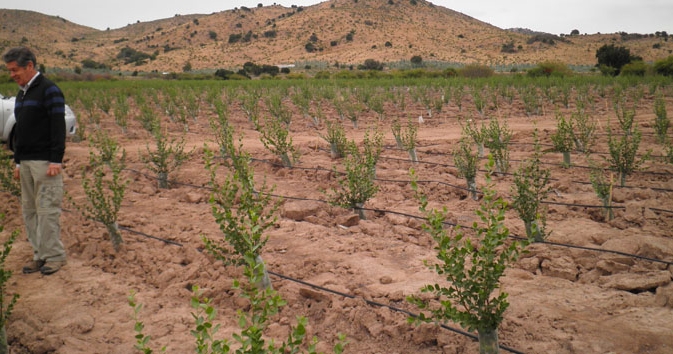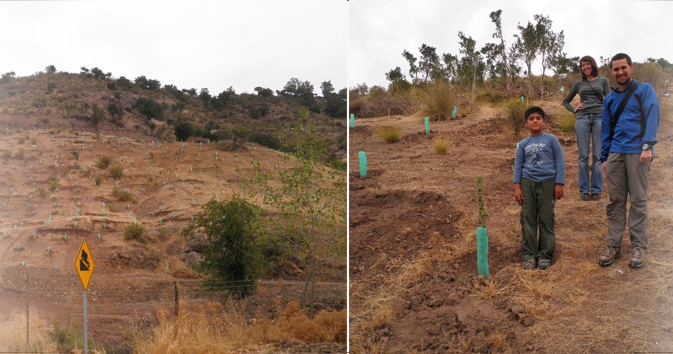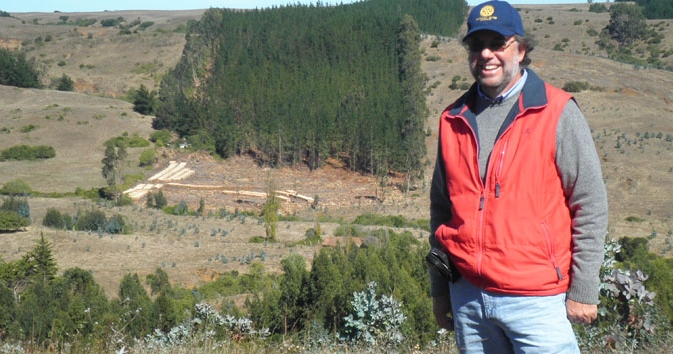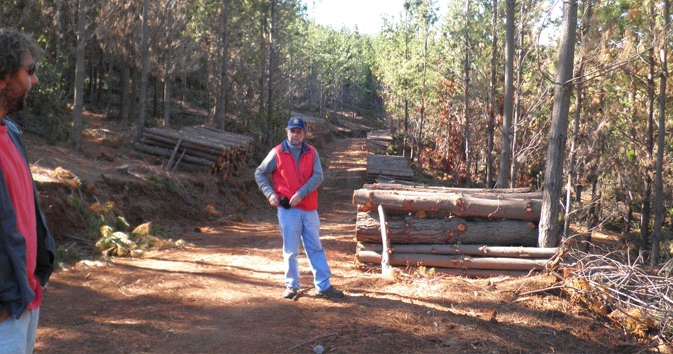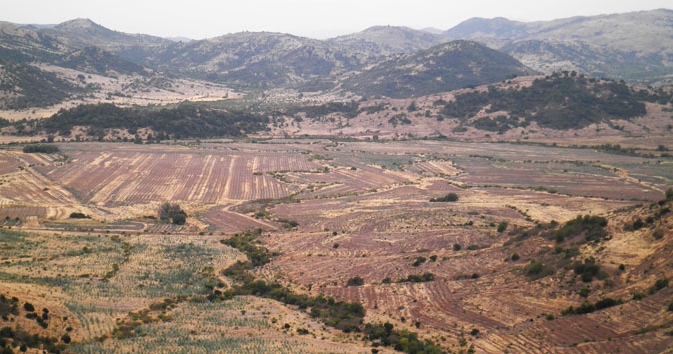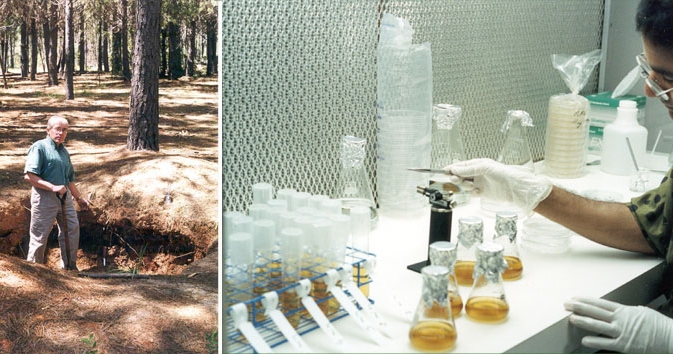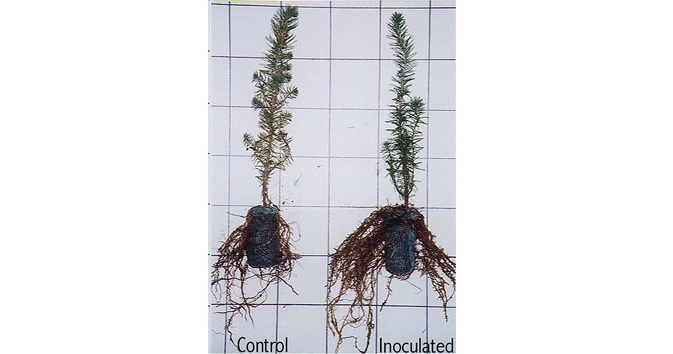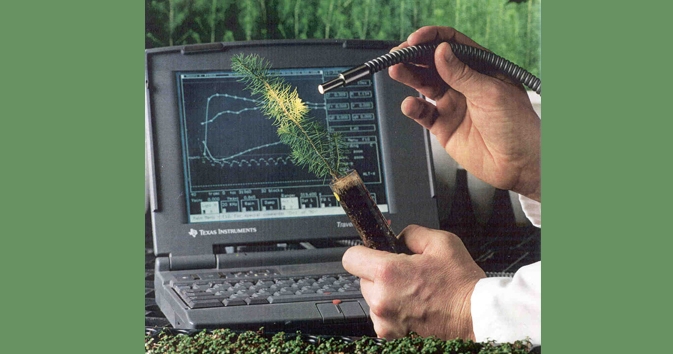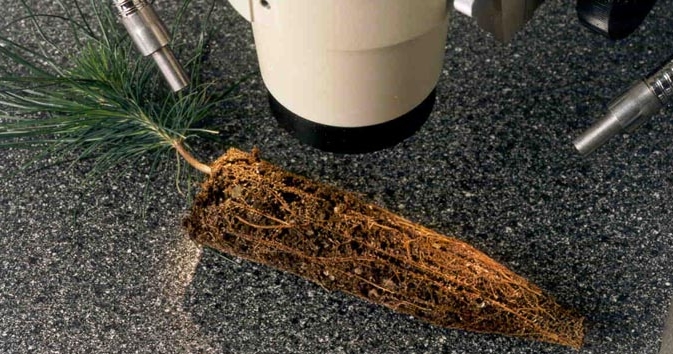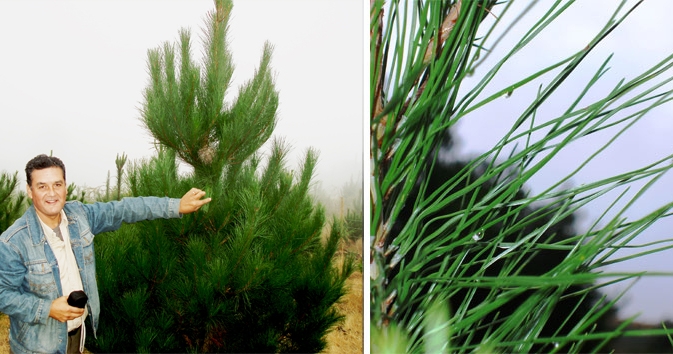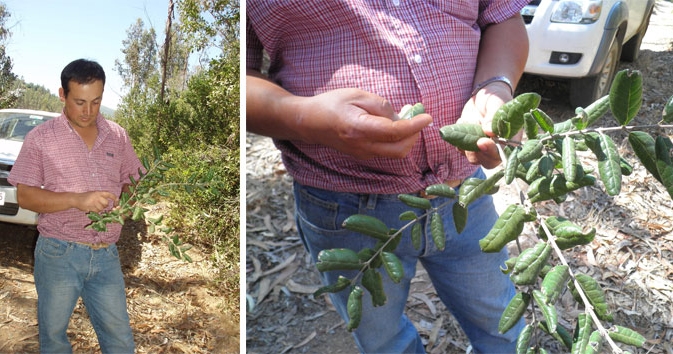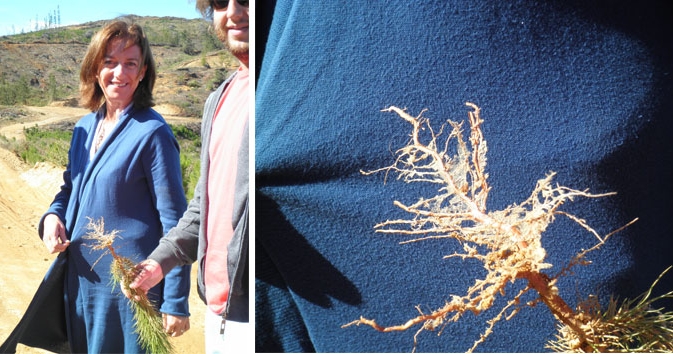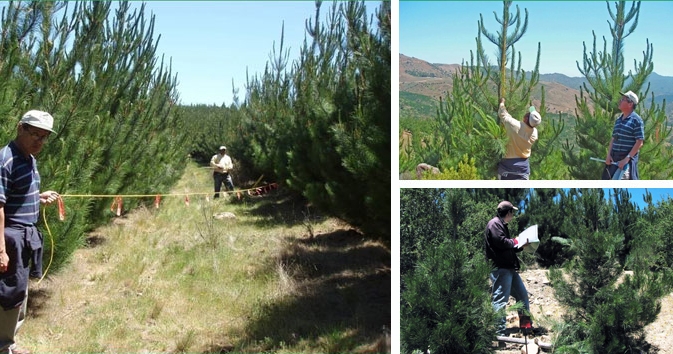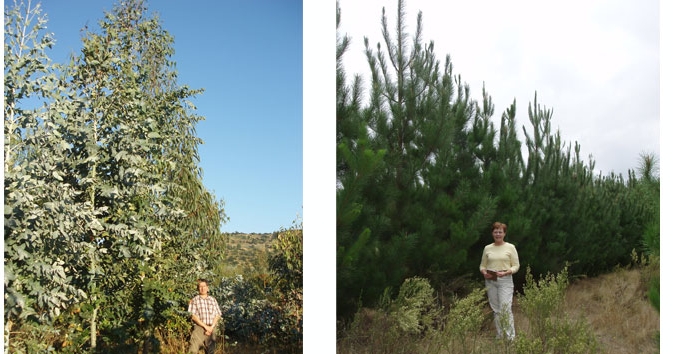The Carbon Markets
The carbon marketThe carbon market is one of the most rapidly growing financial markets in the world today, and broadly speaking, is divided into "compliance" markets and "voluntary" markets. Mikro-Tek has an inventory of carbon offsets registered under both.
Click here to view the full glossary is one of the most rapidly growing financial markets in the world today. It has its origins in the Kyoto Protocol which went into force in 2005, establishing emission reduction targets for industrialized countries. Carbon markets globally are grouped into two broad categories:
Compliance markets are created by governments whose firms are subject to carbon constraints. These markets are regulated by mandatory regional, national, and international carbon reduction regimes. The Kyoto compliance market is one example, now active only in the European Union, trading under the EU’s Emissions Trading Scheme.
Voluntary carbon markets function outside the compliance markets in countries such as the US that did not ratify the Kyoto Protocol, or in countries such as Canada that have withdrawn from their Kyoto obligations in favour of a domestic and/or regional system. These markets enable unregulated businesses, nongovernmental organizations and individuals to purchase carbon offsetsOffsets are the mechanism by which the impact of emitting a tonne of CO2 can be negated or diminished by avoiding the release of a tonne elsewhere, or by absorbing a tonne of CO2 from the air (domestically or internationally) that otherwise would have remained in the atmosphere.
Click here to view the full glossary on a voluntary basis to reduce their carbon footprint. Although these markets started out much smaller than the compliance market, they have taken hold internationally and are a substantial economic force. There is a range of existing or planned regional voluntary emission trading legislative initiatives, each with its own timetable.
In Canada, the province of British Columbia introduced a carbon tax on fossil fuels in 2008. Alberta implemented greenhouse gas legislation in 2009 with its Climate Change and Emissions Management Act. Quebec was the first Canadian province to adopt a cap-and-trade system when it initiated membership in the Western Climate Change Initiative (WCI) in 2012. In 2009 Ontario amended its Environmental Protection Act to allow greenhouse gas emissions to be regulated, and as of 2010, any facility in Ontario emitting more than 25,000 tonnes of CO2equivalent has had to report its emissions annually.
A carbon credit is a generic term for any tradable certificate or permit representing one tonne of greenhouse gas measured in carbon dioxide equivalents (CO2e). There is a limit to how much carbon emissions can be reduced in any business activity, at which point it is necessary to purchase removal credits or offsets to meet targets. Many companies develop their own carbon projects specifically to generate offset credits. Carbon offset projects have been promoted as an important part of the solution to the climate crisis because of their economic and environmental efficiency and their potential to deliver sustainability co-benefits through technology transfer and capacity building. The quality of offset credits is based in part on the validation process used in the project and the sophistication of the entities involved.
Reductions versus Removals: Reducing atmospheric carbon dioxide (CO2) can be accomplished in two ways: either by reducing the rate at which CO2 is added to the atmosphere (e.g. burning less fossil fuels or clearing and burning fewer forests), or by increasing the rate at which CO2 is removed from the atmospherealso referred to as carbon sinks or carbon sequestrationReduction of net emissions of carbon dioxide (CO2) can be accomplished in two ways: either by reducing the rate at which CO2 is added to the atmosphere (e.g. those produced from burning fossil fuels or from clearing and burning forests), or by increasing sequestration the rate at which CO2 is removed from the atmosphere (e.g. by storing additional carbon in forests, soils and other carbon sinks). The latter can be accomplished through land management activities including re-vegetation, reforestation and afforestation as well as forest, cropland and grazing land management. Through photosynthesis plants remove carbon dioxide from the air, give off oxygen, and store the carbon as biomass. About one half of the dry weight of plant biomass is carbon, and one tonne of carbon in biomass represents 3.67 tonnes of atmospheric carbon dioxide.
Click here to view the full glossary. CO2removals or offsets can be generated through land management activities including revegetation, reforestationThe conversion of non-forested land to forested land through planting, seeding and/or the human induced promotion of natural seed sources, on land that was forested, but that was converted to non-forested land (e.g. through forest harvesting). Mikro-Tek's domestic forestry projects fall within this category because they are part of Canada's reforestation program, whereas projects in Chile are considered afforestation projects because they convert grassland to forest.
Click here to view the full glossary, afforestationAfforestation is the conversion of land that has not been forested for a period of at least 50 years, to forested land, through planting, seeding and/or the human-induced promotion of natural seed sources. Mikro-Tek has afforested approximately 7,500 hectares in Chile with faster growing tree species (pine and eucalyptus) that mature in 10 to 25 years, as well as Quillaja saponaria which mature in 80-100 years. Agroforestry is a term used to describe land-use systems and practices where woody perennials are deliberately integrated with crops and/or animals on the same land in order to provide ecological and/or economic interaction benefits. Mikro-Tek's projects have included work with shade grown coffee plantations, bee-keeping with Quillay species in Chile, micro-propagation with bananas, strawberries, stone fruits, as well as inter-planting of nitrogen-fixing species to provide natural fertilizer to targeted plants.
Click here to view the full glossary and agricultural projects where the above ground and/or below ground biomass content is increased
In addition to increased carbon sequestration, projects using Mikro-Tek‘s technology result in other environmental and sustainable development benefits such as
- reduced soil erosion
- improved water quality
- increased biodiversity, and
- increased rural incomes
Economic and environmental benefits include
- reduced use of chemicals such as fertilizers and herbicides
- increased crop yield, and
- increased timber or fibre production on a set land base in the forestry sector

